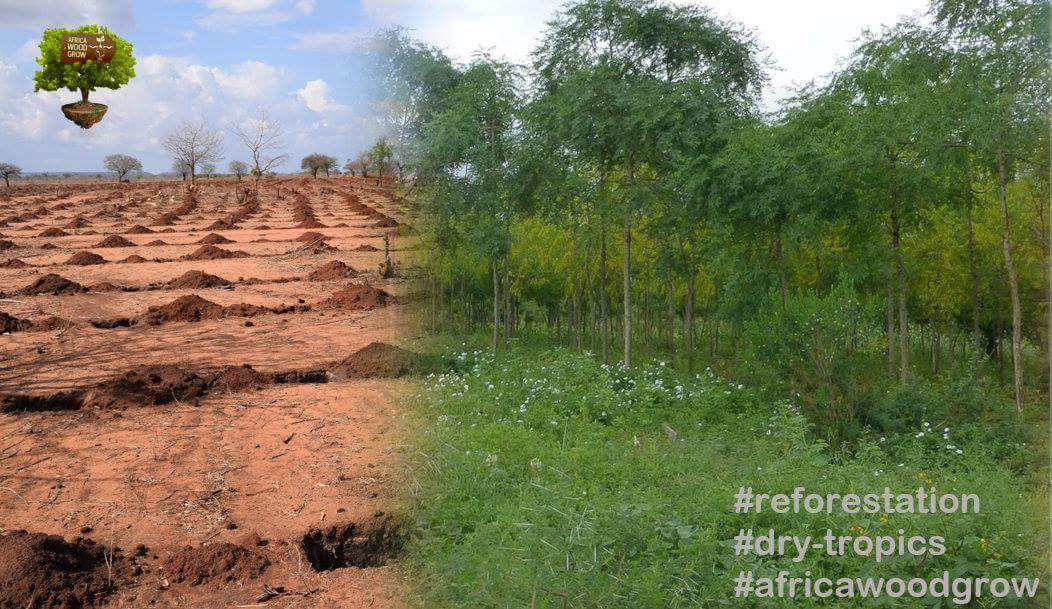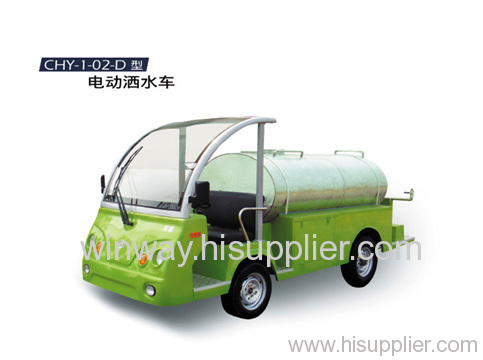#autonomousvehicles #ai #water #ionicfilters #fujifilm #desertification
Our lush landscapes will dry up and become deserts, at least in many parts of the world. The only way to fight this is by irrigation, but this is a very expensive method, which will not work in the sparsely populated parts of the planet, where profit is not the motive. It is those places we should prioritize in development, because the remoteness and lack of people can protect whatever grows there.

Trees moisturize the air, cooler climate and clouds, so they create a positive feedbackloop in terms of ecology
A solution to quickly expanding the number of trees in remote regions needs to be scalable, so large infrastructure projects make no sense. Pipes are expensive so they require some kind of sustained economic activity to be the result, something that is undesirable. The aim is to create resources, capture carbon, and not remove them or consume them. A cheaper way perhaps is to carry water where it is needed, and use automated systems to irrigate and plant what can grow. A small team of careres, perhaps even remotely controlling the equipment used, may be enough to plant vast areas with new forrest, just like one farmer can work hunders of acres of land, using the right equipment.

Electric water trucks are for sale. Why not autonomous?
A waterdonkey is a smal four wheeled robot that can carry say a ton of water, 1000 liters. It is electric, it has a solar panel on top to power it, it finds its way autonomously. It doesn’t need to be fast, it just needs to move. It can carry water from the coast inland, where it is used to irrigate trees to get them through the rough first years of their life. Special covers have been developed to minimize water requirements. These covers can be moved once the trees have reached a certain age.
Trenching to ensure rainwater sinks into the ground
Carrying water may seem an elaborate way to promote vegetation, as making sure that rain gets into the ground and does not run off (countour trenching) has shown to be very effective. But that technique requires a minimum of rain that some areas don’t have. On the other hand : If we start planting where there’s plenty of rain, we will be bussy for a long time before we reach the dry zones. And those zones will shrink as we plant more trees. In thinking about this the vision of a lush green Middle East is appealing though, and possible (as solar renewables has such ginormous potential there). Deserts can be turned into plantations that with technologies like ionic desalination, which produces fresh water in a much less energy intensive way than reverse osmosis.
Agricultural robots economic perspectives
#roboeconomy